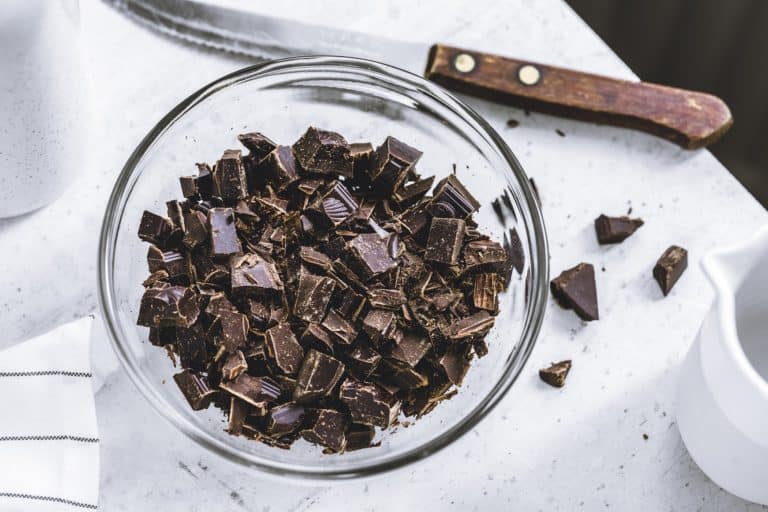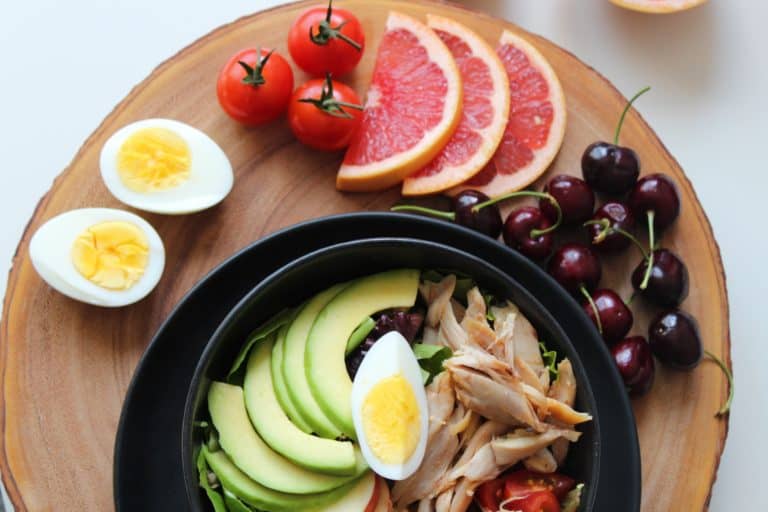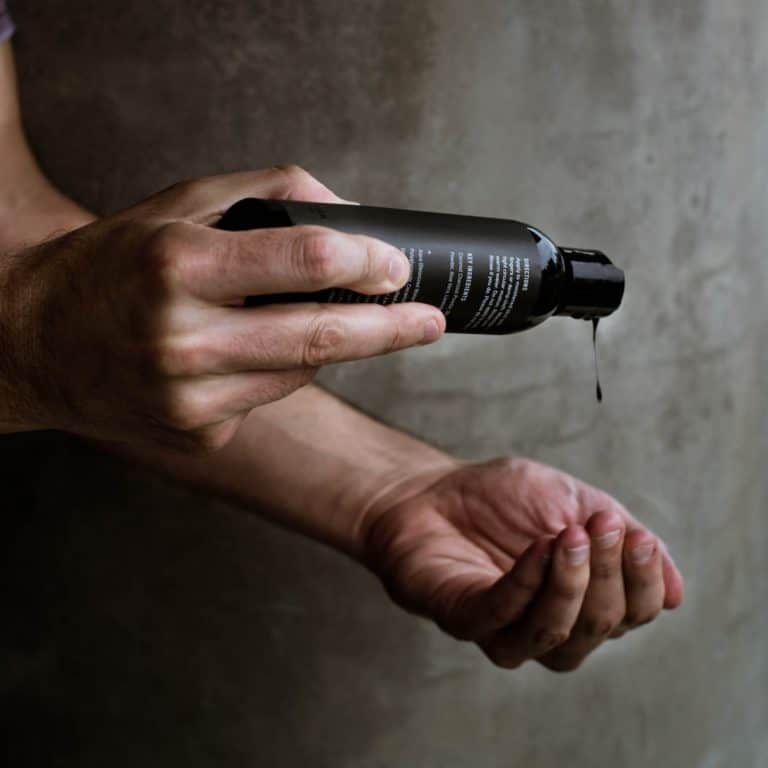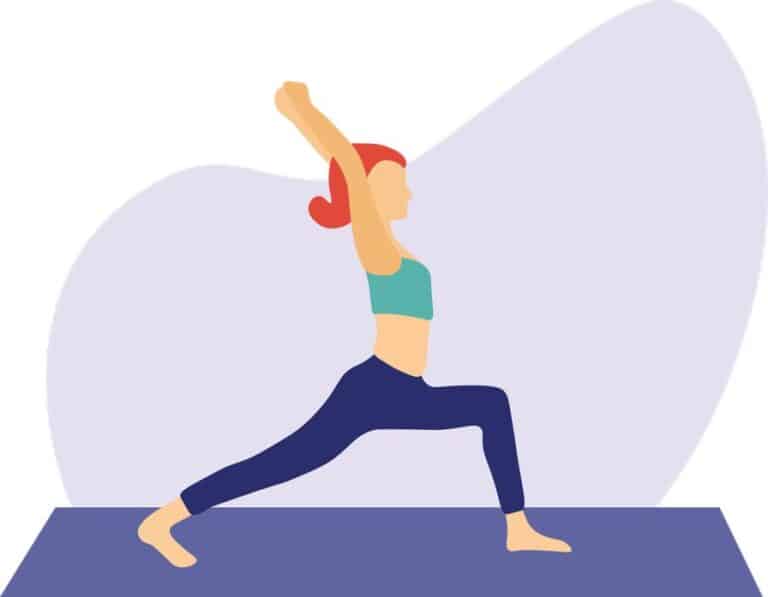Do you suffer from pain in your joints? If so, you’re not alone. Millions of people suffer from pain in their joints. It can be extremely debilitating and make everyday activities difficult. In this blog post, we will discuss pain-free solutions for joint pain. We will cover what causes joint pain, the symptoms of joint pain, and various solutions including nutrition supplements, supports and braces, and exercises. We hope that this information will help you find relief from your joint pain!
What Causes Joint Pain?
Joint pain is a very common condition that can be caused by many factors.
The most common cause
The most common cause is arthritis. The two most common types are osteoarthritis (OA) and rheumatoid arthritis (RA). OA usually affects adults over age 40 while RA occurs more often in women than men- both progress slowly with time.
OA – When the cartilage that serves as a cushion and shock absorber for our joints breaks down, it can cause immense pain, stiffness, and swelling. It occurs most commonly in
- Hands
- Hips
- Knees
RA – is an autoimmune and inflammatory disease. It happens when our immune system attacks healthy cells by mistake, which causes inflammation such as pain and swelling in the affected joints of the body. RA frequently affects joints in
- Hands
- Wrists
- Knees
Other main causes
- Injuries
- Bursitis
- Gout
- Osteoporosis
- Infection
What Are The Symptoms Of Joint Pain?
- Pain or aching
- Stiffness
- Redness
- Swelling
- Warm to touch
- Decreased range of motion or flexibility
You should contact your doctor immediately if the joint is bleeding or you can see exposed bone or muscle, a popping noise occurs, or you can’t bear weight.
Head-To-Toe Pain-Free Solutions.
Systemic treatment is required if joint pain is caused by an inflammatory disease such as RA. Please contact your doctor to discuss the treatment.
For joint pain caused by other causes, there are many things you can do on your own. Solutions to reduce joint pain vary and may depend on an individual’s conditions. Here are a few recommendations to help relieve pain in joints head-to-toe:
Neck Pain
Causes
Neck muscles can be strained from poor posture whether it’s leaning over your computer or hunching over your workbench. Osteoarthritis also is a common cause of neck pain.
Note: seek medical care if your neck pain is accompanied by numbness or loss of strength in your arms or hands or if you have shooting pain in your shoulder or down your arm.
Pain-Free Solutions
- Anti-inflammatory analgesic cream on neck muscles.
- Oral over-the-counter medications for pain relief such as Paracetamol and Ibuprofen.
- Low range-of-motion exercises a few times per day to prevent loss of motion.
- Sleep with a cervical pillow or no pillow.
- Heat and cold pads.
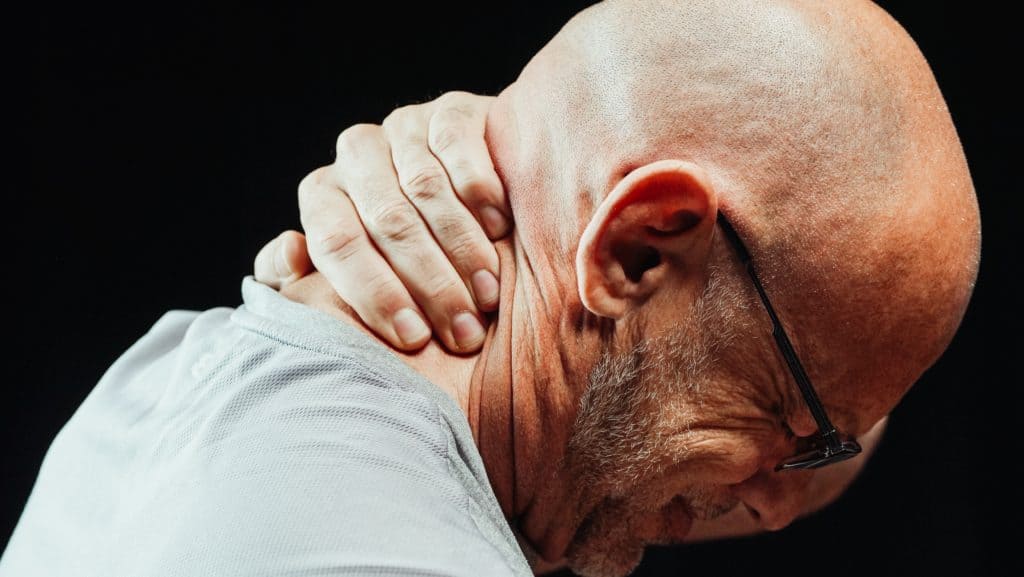
Prevention
- Exercise to keep your spinal flexibility and muscle strength.
- Develop good posture by strengthening your back muscle, which helps you not slouch or not to poke your chin out.
- Take breaks to avoid keeping a position for a long time.
- Sleep in a good position. Your head and neck should be aligned with your body. Use a small pillow under your neck. Try sleeping on your back with your thighs elevated on pillows, which will flatten your spinal muscles.
- Adopting the correct posture and not carrying a heavy bag for too long on one shoulder.
Jaw Pain
Causes
Jaw pain can develop due to sinus infections, toothaches, issues with the blood vessels or nerves, or other conditions. The temporomandibular joint disorder is the common cause of most jaw pain. Most of the time, jaw pain does not need immediate medical attention, but sometimes, it can indicate a more serious underlying condition that needs treatment.
Note: anyone with severe, worsening, or persistent jaw pain should see a doctor for a diagnosis or treatment.
Pain-Free Solutions
- Oral over-the-counter medications for pain relief such as Paracetamol and Ibuprofen.
- Anti-inflammatory analgesic cream.
- Eating soft foods but high nutrition such as tofu, cottage cheese, and fish.
- Avoiding eating crunchy or chewy foods.
- Taking small bites of food to minimise chewing and opening the mouth.
- Massage/self-massage the muscles of the head and neck to relieve tension.
- Heating pad.
Prevention
- Regular dental care.
- Reducing stress by regular exercise.
- Massaging the jaw area to relax the muscles and increase blood flow.
- Adopting the correct posture and not carrying a heavy bag for too long on one shoulder.
Shoulder Pain
Causes
The most common cause of shoulder pain is rotator cuff tendinitis. It’s also called impingement syndrome and it occurs when the tendons in the shoulder are irritated. The condition is usually caused by overuse of the shoulder, such as from repetitive motions at work or during sports. Other causes of shoulder pain include fractures, bursitis, OA, and dislocation.
You should see a doctor if your pain is severe, persistent, or accompanied by numbness or weakness in your arm or hand. Sometimes, a numb arm is a signal of a heart attack.
Pain-Free Solutions
- Over-the-counter pain relievers such as Ibuprofen or Paracetamol.
- Anti-inflammatory analgesic cream.
- Cold packs are applied to the shoulder for 15 minutes at a time several times a day.
- Heat pads or warm showers may also help.
- Stretching and strengthening exercises as prescribed by a physical therapist.
Prevention
- Stretch and strength exercise.
- Evaluate your sleep position. This will prevent you from increasing your shoulder irritation while you sleep and give your shoulder a chance to rest.
- Proper posture when sitting, make sure you have good posture and your computer is at an appropriate height and distance so you can easily and comfortably use the keyboard. A standing desk can be a good tool for proper posture and to prevent shoulder, neck, and back pain.
- Adopting the correct posture and not carrying a heavy bag for too long on one shoulder.
Wrist Pain
Causes
Wrist pain is a common problem that can be caused by sprains or fractures, but it might also develop from long-term problems such as repetitive stress and arthritis.
Pain in the wrist often occurs when someone performs actions with their hands for an extended period of time because there’s not enough room between bone structures where muscles attach themselves to move smoothly through space without causing any damage along the way – this may lead you towards a further injury – carpal tunnel syndrome.

Pain-Free Solutions
- Use a wrist brace or functional splint to support performing daily living activities and to manage pain.
- Apply a cold compress for 5-10 mins at a time.
- Anti-inflammatory analgesic cream.
- Over-the-counter pain relievers such as Ibuprofen or Paracetamol.
- Physical therapy.
Prevention
- Prevent falls.
- Use protective gear for high-risk activities.
- Build bone strength. Getting adequate amounts of calcium can help prevent fractures.
- Take regular breaks if you need to speed a long time at a keyboard.
- An ergonomic keyboard and a foam or gel wrist support may help.
- Work with a therapist on strengthening the muscles on the back and side of the arm.
Hip Pain
Causes
- Tendonitis – acute hip pain.
- Arthritis – chronic hip pain.
- Trochanteric bursitis – more common in women than in men.
- Fractures.
See your doctor if you have hip pain that lasts longer than a few days.
Note: hip pain in children can be an indication of unchecked inflammation, which left untreated will cause joint damage and growth problems. This is why it’s so important for children with this condition to get professional help from either a physical therapist or rheumatologist right away-unless they have been diagnosed by another doctor already.
Pain-Free Solutions
- Practice range-of-motion and gentle stretches to ease pain and maintain flexibility.
- Having a warm bath can help decrease pain and stiffness.
- Apply anti-inflammatory analgesic cream.
- Take over-the-counter pain relievers such as Ibuprofen or Paracetamol.
- Physical therapy/chiropractor – manual treatments to the soft tissues and joints – such as massage and manipulation.
Prevention
- Improving your posture.
- Exercises to strengthen surrounding muscles, change coordination and improve function.
- Exercises to increase the range of joint movement.
- Balanced diet.
- Seeking advice from an occupational therapist on how equipment or adaptations could reduce the strain on your hip at home, work, or while you’re driving.
Knee Pain
Causes
Knee pain can be caused by injuries, mechanical problems, types of arthritis and other problems.
- Injury – ACL injury, Fractures, Torn meniscus, Bursitis, Patellar tendinitis.
- Mechanical problems:
- Loose body: sometimes injury or degeneration of bone or cartilage can cause a piece of bone or cartilage to break off and float in the joint space. This may not create any problems unless the loose body interferes with knee joint movement, in which case the effect is something like a pencil caught in a door hinge.
- Iliotibial band syndrome: this occurs when the tough band of tissue that extends from the outside of your hip to the outside of your knee (iliotibial band) becomes so tight that it rubs against the outer portion of your thighbone. Distance runners and cyclists are especially susceptible to iliotibial band syndrome.
- Dislocated kneecap: this occurs when the triangular bone that covers the front of your knee (patella) slips out of place, usually to the outside of your knee. In some cases, the kneecap may stay displaced and you’ll be able to see the dislocation.
- Hip or foot pain: you may change the way you walk to spare your painful joint when you have hip or foot pain. But this altered gait can place more stress on your knee joint and cause knee pain.
- Arthritis – OA, RA, Gout, and so on.
- Other problems – Patellofemoral pain syndrome.
Pain-Free Solutions
- First 24-48 hours of pain, rest your knee and practice range-of-motion and gentle stretches for 10-20 seconds per hour.
- After 48 hours, try to stick to your normal routine as this can help your recovery.
- Apply anti-inflammatory analgesic cream.
- Take over-the-counter pain relievers such as Ibuprofen or Paracetamol.
- Knee support pads/braces to support performing daily living activities and to manage pain.
- Heat/ice packs.
- Massage surrounding muscles.
Prevention
- Have a healthy weight.
- Warm up before exercises.
- Be smart about exercise. If you have osteoarthritis, chronic knee pain or recurring injuries, you may need to change the way you exercise. Consider switching to swimming, water aerobics or a low impact exercise— at least for a few days a week. Sometimes simply limiting high-impact activities will provide relief.
- Strengthening and functional exercises to get strong leg muscles and knee flexibility.
- Nutrition supplements to build bone strength.
Ankle Pain
Causes
- Sprained ankle
- Unfitted footwear
- Poor blood circulation
- Achilles tendinitis/Achilles tendon rupture
- Bursitis
- Broken foot
- Arthritis
- Gout/Pseudogout
- Plantar fasciitis
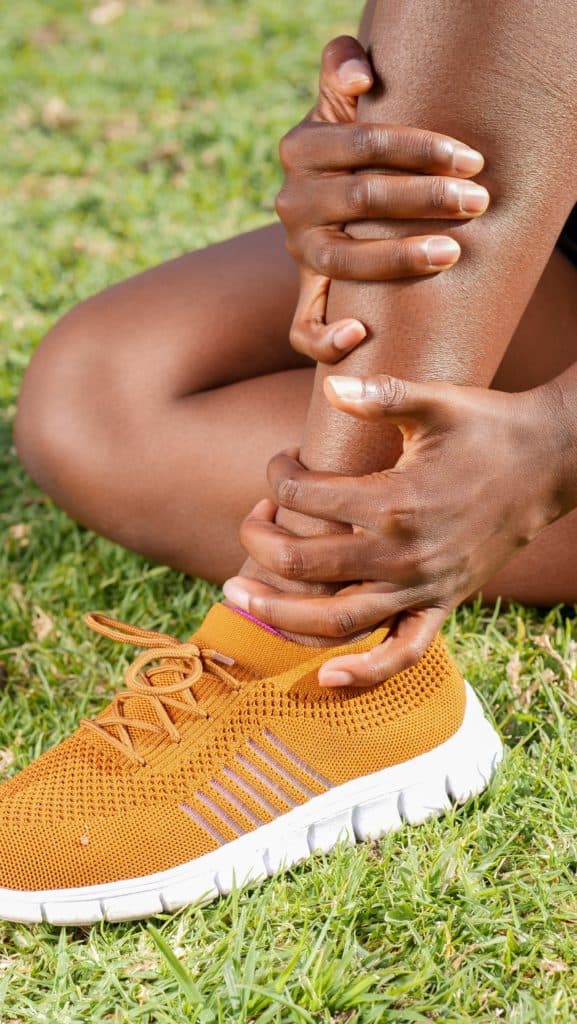
Pain-Free Solutions
RICE therapy is known as a self-care method to treat pain and swelling of the ankle, particularly in the first 2-3 days.
- Rest – avoid putting weight on the injured ankle/foot, and practice range-of-motion and gentle stretches for 10-20 seconds per hour.
- Ice – place an ice pack or frozen meats/veggies, wrapped in a damp cloth, on the aching joints for 20 minutes every 2-3 hours.
- Compression – Wrap a bandage around the painful region. It should be tight enough to support it without restricting blood flow.
- Elevate – elevate your foot to increase blood circulation and reduce swelling.
- Apply anti-inflammatory analgesic cream.
- Take over-the-counter pain relievers such as Ibuprofen or Paracetamol.
Prevention
- Warm up before exercises.
- Build muscle strength and flexibility.
- Choose athletic shoes based on your foot type.
- Be aware of your shoes’ condition. Replace athletic shoes when the tread wears out or the heels wear down.
- Avoid running or stepping on uneven surfaces if possible.
- Be careful when running downhill too fast, which can often lead to more injuries than running uphill.
- Use a brace or tape to prevent discomfort in the ankles and recurrent ankle injuries.
Takeaway
Whether you’re dealing with occasional stiffness or chronic pain, joint pain can be a real nuisance. Here are your key takeaway points related to pain-free solutions:
- Rest – First 24-48 hours of pain, rest your aching joints and practice range-of-motion and gentle stretches for 10-20 seconds per hour. After 48 hours, try to stick to your normal routine as this can help your recovery.
- Pain management – Cold/heat therapies, apply anti-inflammatory analgesic cream, and take over-the-counter pain relievers such as Ibuprofen or Paracetamol.
- Supports and braces- For pain in your joints, you may want to consider using supports or braces. These can help stabilise the joint and take some of the pressure off of it, which can support you in performing daily living activities.
- Exercise program – One of the best things you can do for your joints is to keep them strong. Strength exercises help to improve joint stability and can reduce pain. Lifting weights helps sculpt muscles around the joints to prevent harm.
- Nutrition supplements – There are many nutrition supplements on the market that can help with joint pain. Glucosamine and chondroitin are two popular ones that have been shown to be helpful in reducing pain and inflammation. Getting adequate amounts of calcium — 1,000 milligrams a day for most adults and at least 1,200 milligrams a day for women over age 50, — can help build your bone health.
Conclusion
Joint pain can be caused by many things, but some of the most common causes are injuries, arthritis, and poor postures. There are many pain-free solutions for joint pain, including RICE therapy, support and braces, nutrition supplements, and strength exercises. By following these tips, you can help reduce your joint pain and keep your joints healthy and strong.
Do you have any other pain-free solutions for joint pain that have worked for you? Reach out and let me know!
Disclaimer: This is not medical advice, if you are experiencing severe, worsening, or persistent pain. Please talk to your doctor for further advice. If you are experiencing an emergency, please call an ambulance.

